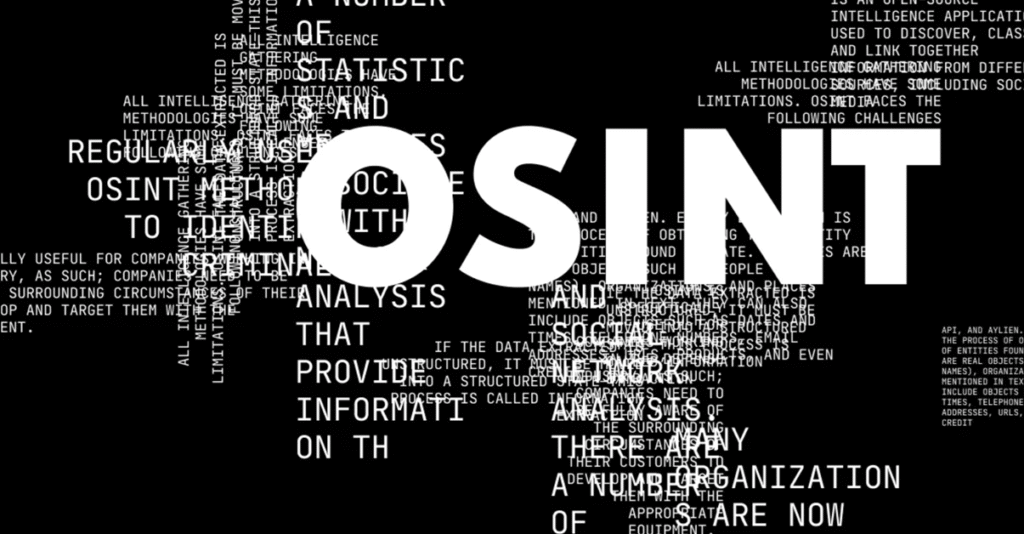
Status: Final Blueprint
Author: Shahab Al Yamin Chawdhury
Organization: Principal Architect & Consultant Group
Research Date: May 8, 2024
Location: Dhaka, Bangladesh
Version: 1.0
Executive Summary
The contemporary cybersecurity landscape is defined by an untenable asymmetry: the cost, complexity, and speed of cyberattacks are outpacing the capacity of traditional security operations to defend against them. This blueprint presents a strategic framework for redressing this imbalance by fusing Artificial Intelligence (AI) with Open-Source Intelligence (OSINT) within a modernized Security Operations Center (SOC). This integration marks a pivotal transition from a reactive, perimeter-focused defense to a proactive, intelligence-driven model of comprehensive cyber resilience.
The core of this blueprint is an AI-Native SOC architecture that departs from the legacy, SIEM-centric model. This new model is decentralized, with a powerful AI core architected as a Multi-Agent System (MAS) operating as the central nervous system. A structured, three-stage maturity model—Foundation, Automation, and Autonomy—guides organizations through this transformation, which includes evolving the SOC team to high-value roles in threat hunting and AI supervision. The ultimate value is demonstrated through a clear ROI model based on significant risk reduction and tangible operational cost savings.
Part I: The Strategic Imperative
Traditional security operations are failing under the weight of the “unsolvable trinity”:
- Data Overload: The sheer volume of alerts from security tools overwhelms human capacity, leading to chronic alert fatigue and missed threats.
- Skills Shortage: The global gap in skilled cybersecurity professionals makes scaling human-centric operations impossible.
- Threat Sophistication: Adversaries are now using AI to launch faster, larger, and more convincing attacks, creating an AI vs. AI arms race.
The solution lies in a paradigm shift from a reactive to a proactive posture. This is achieved by integrating Open-Source Intelligence (OSINT)—intelligence derived from publicly available data from the surface, deep, and dark web. A mature OSINT capability allows a SOC to move beyond its network perimeter to perform proactive threat hunting, manage its external attack surface, and enrich internal alerts with critical external context.
AI acts as the force multiplier that makes this new paradigm achievable. It provides the scale, speed, and cognitive power necessary to process vast amounts of OSINT data and internal telemetry, enabling a transition from the manual SOC 1.0 and automation-assisted SOC 2.0 to the proactive, AI-Augmented SOC 3.0.
Part II: The AI-Native SOC Architecture
The blueprint proposes a fundamental architectural shift from a SIEM-centric model, where all data is funneled into a monolithic SIEM, to an AI-centric model built upon a flexible data fabric and a cognitive AI core.
Core Architectural Layers
- Layer 1: Unified Data Fabric (Data Lake): A scalable, cloud-native data lake (e.g., Snowflake, BigQuery) that ingests and stores all internal telemetry and external OSINT feeds, creating a cost-effective single source of truth for analytics and AI model training.
- Layer 2: The AI Core – A Multi-Agent System (MAS): The cognitive heart of the SOC, composed of a “team” of specialized, autonomous AI agents (e.g., Collection, Triage, Investigation, Remediation) orchestrated by an “OmniAgent” to manage the incident lifecycle.
- Layer 3: Hyperautomation & Orchestration Engine: The evolution of SOAR, this engine provides a library of dynamic, often AI-generated, integrations that allow the AI Core to interact with any security or IT tool via APIs.
- Layer 4: Analyst Collaboration & Visualization Plane (SPA): The human-machine interface where analysts interact with the system. It features AI-generated summaries, interactive visualizations, and natural language query capabilities, with human-in-the-loop guardrails for critical actions.
This architecture is grounded in established frameworks, using NIST CSF 2.0 for strategic governance and MITRE ATT&CK® as the tactical bedrock for behavioral threat detection.
Part III: Implementation and Governance
A successful rollout requires a deliberate, phased strategy that addresses technology, people, and process.
Phased Deployment Strategy
- Phase 1: Foundation & Augmentation (Year 1): Establish the data fabric and deploy AI-enhanced tools to augment human analysts, focusing on reducing MTTD and manual triage time.
- Phase 2: Automation & Orchestration (Years 2-3): Expand automation with a hyperautomation platform and the initial rollout of the Multi-Agent System, focusing on reducing MTTR and increasing the automation rate.
- Phase 3: Autonomy & Prediction (Years 4+): Achieve near-autonomous response for known threats with a fully deployed MAS and predictive analytics, freeing human experts for strategic hunting and defense planning.
Reimagining the SOC Team
AI automates low-level tasks, elevating human roles:
- Tier 1 Analysts evolve into AI System Supervisors, who validate AI findings and provide feedback to retrain models.
- Tier 2/3 Analysts are empowered to focus on high-value Threat Hunting and complex incident investigation.
- New Hybrid Roles are created, including the AI Security Operations Engineer, Threat Intelligence Data Scientist, and Automation Architect.
A robust Governance Framework must be established from day one to address the ethical and privacy challenges of AI and OSINT, focusing on data handling policies, mitigating model bias, and ensuring transparency through Explainable AI (XAI).
Part IV: Measuring Success
The value of the AI-Native SOC is demonstrated through a new set of KPIs and a clear ROI model.
Key Performance Indicators (KPIs)
- Effectiveness: Threat Detection Coverage (vs. MITRE ATT&CK), False Positive Reduction Rate.
- Efficiency: Mean Time to Detect (MTTD), Mean Time to Respond (MTTR), Automation Rate.
Return on Investment (ROI)
The ROI is calculated based on Cost of Breach Avoidance (reducing the likelihood and impact of breaches) and Operational Cost Savings (automating manual labor and consolidating tools), measured against the total cost of the solution.
Concluding Outlook: The Self-Healing SOC
The future trajectory of this model leads to a Self-Healing SOC, where AI systems will not only predict and respond to threats but also automatically identify and remediate underlying security gaps, creating a truly adaptive and resilient defense ecosystem.